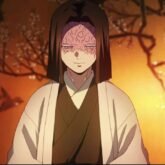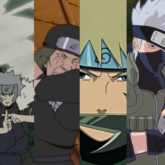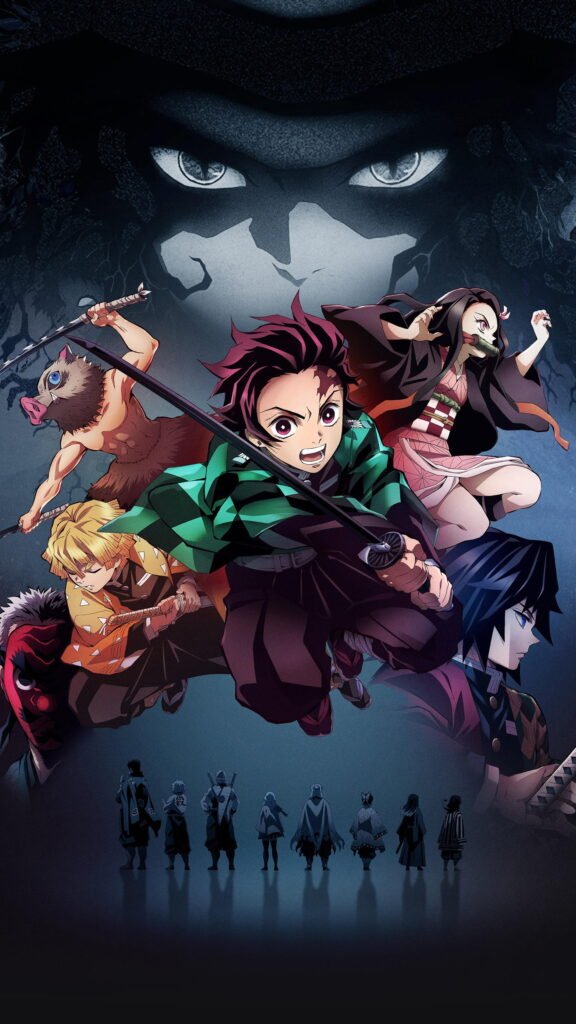The world of Naruto is brimming with incredible jutsu, those amazing ninja techniques that propel our heroes (and villains) to epic feats. But have you ever wondered who dreamed up these awe-inspiring moves? Look no further! In this blog series, we’ll delve into the brilliant minds of Konohagakure’s Hokage, the village leaders who also happen to be jutsu inventing powerhouses!
Join us as we explore the unique jutsu invented by each Hokage, from the legendary First Hokage, Hashirama Senju, whose techniques are the stuff of legends, to the more recent Hokage who continue to push the boundaries of the ninja world. We’ll uncover the inspiration behind their creations, analyze their power, and see how these jutsu shaped the battles that forged the village.
So, buckle up, fellow ninja enthusiasts! Prepare to be amazed by the ingenuity and power of Konohagakure’s Hokage and the jutsu they brought to life!
Hashirama Senju, the First Hokage:

Hashirama Senju, the legendary First Hokage, wasn’t just a powerful fighter – he was a jutsu innovator! Since his special ability was Wood Release (combining earth and water natures), many of his most famous jutsu revolved around this unique power. Here are some of Hashirama’s creations:
- True Several Thousand Hands: This colossal jutsu summons a towering statue with countless wooden arms, perfect for restraining or crushing opponents.
- Wood Dragon Jutsu (Mokuton no Jutsu: Mokuryu) : Imagine a giant, serpentine dragon made entirely of wood! This jutsu could capture and overpower even the strongest foes.
- Gracious Deity Gates (Mokuton no Jutsu: Gokumon no Jutsu): This defensive technique creates a massive wooden dome that can deflect even a Tailed Beast Bomb, making it perfect for protecting allies.
- Wood Release: Deep Forest Emergence (Mokuton Hijutsu: Shinju no Mori): Creates a massive forest from the ground, perfect for trapping or controlling a battlefield.
- Wood Release: True Several Thousand Hands (Mokuton Hijutsu: Senju Kannon): A colossal wooden statue with countless arms for offense and defense.
- Wood Release: Wood Expulsion Jutsu (Mokuton: Mokuton no jutsu): Creates various wooden structures for offense or defense as needed.
- Wood Release: Laughing Buddha Jutsu (Mokuton no Jutsu: Shogu Fuda): Creates giant wooden hands that erupt from the ground to restrain opponents.
- Wood Release: Domed Wall (Mokuton: Mokuton no Kabe): Creates a sturdy wooden wall for defense.
Tobirama Senju, the Second Hokage:
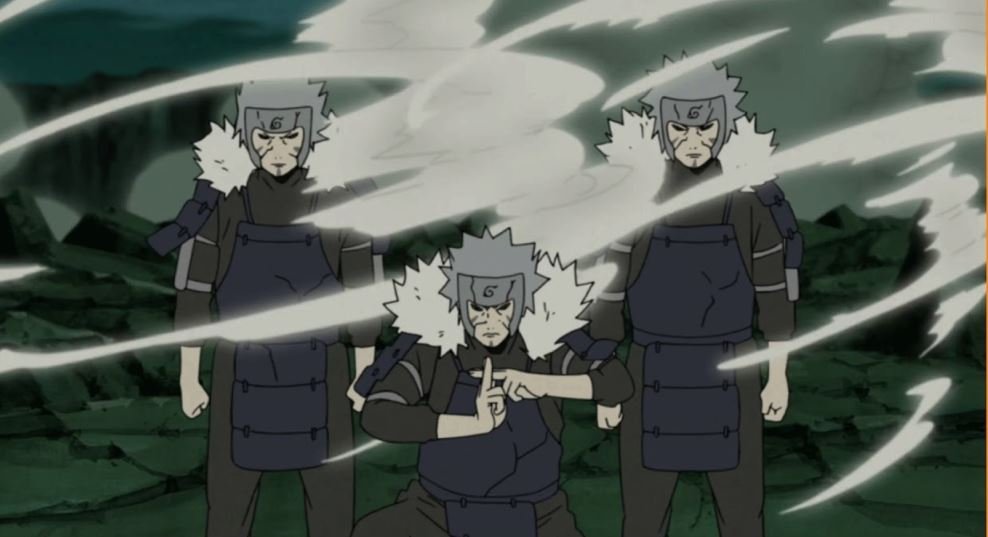
Tobirama Senju, the ingenious Second Hokage, wasn’t just a master strategist – he was a jutsu mastermind! Unlike Hashirama whose power stemmed from a special bloodline trait, Tobirama relied on his intellect and innovation to create a diverse arsenal of jutsu. Here’s a breakdown of Tobirama’s known inventions:
Space-Time Ninjutsu:
- Flying Thunder God Jutsu (Hiraishin no Jutsu): This iconic technique allows teleportation by marking targets with a special formula. Minato Namikaze, the Fourth Hokage, perfected this jutsu making it his signature move, but Tobirama was the true inventor.
Summoning Jutsu:
- Impure World Reincarnation (Edo Tensei no Jutsu): This forbidden jutsu reanimates the dead, bringing them back under the control of the caster. While morally questionable, it proved strategically valuable.
Water Release Techniques (Suiton):
- Water Dragon Bullet Technique (Suiton: Suiryudan no Jutsu): This jutsu creates a powerful, high-speed water dragon projectile for offensive attacks. Tobirama’s mastery of Water Release allowed him to create this technique without needing a nearby water source.
- Other Water Release techniques: While not explicitly named, Tobirama likely had a wider arsenal of Water Release jutsu at his disposal.
Other Jutsu:
- Shadow Clone Technique (Kage Bunshin no Jutsu): This versatile jutsu creates physical copies of the user, allowing for distraction, multiplied attacks, and faster training.
- Bringer-of-Darkness Technique (くらやみの術, Kurami no Jutsu): This genjutsu technique plunges the target into complete darkness, hindering their vision and creating an opening for attack.
- Heavenly Weeping (Amagoi): This jutsu creates a downpour of water needles, sharp enough to pierce through defenses.
Hiruzen Sarutobi, the Third Hokage:
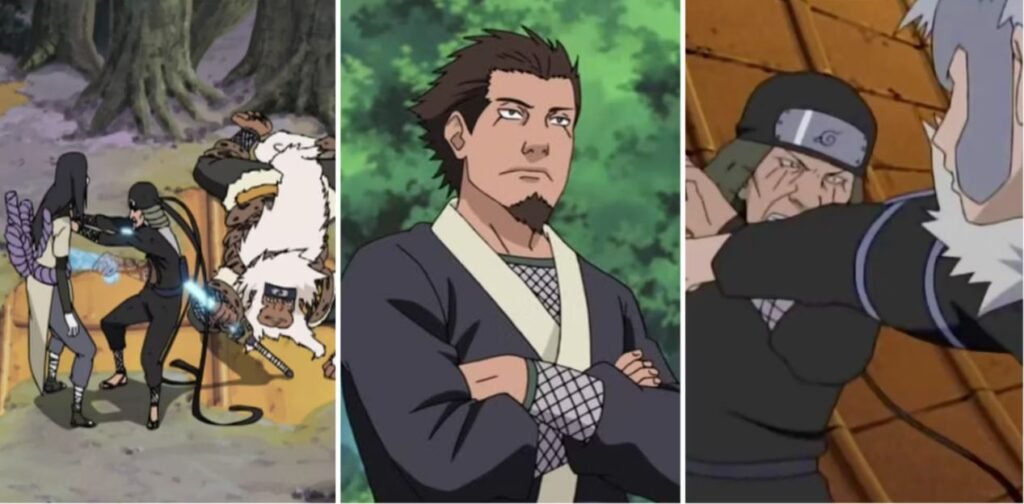
Unfortunately, unlike Tobirama and Hashirama, Hiruzen Sarutobi, the Third Hokage, isn’t credited with inventing specific named jutsu in the Naruto series. However, his reputation as the “Professor” and a master of many techniques hints at his vast knowledge and potential for jutsu creation.
We see Hiruzen use various jutsu throughout the series, including summoning jutsu, sealing jutsu, and even the powerful Five Elements: Massive Combo Technique. While not confirmed as his inventions, these techniques showcase his extensive knowledge.
Minato Namikaze, the Fourth Hokage:

Minato Namikaze, the legendary Fourth Hokage, wasn’t just a prodigy with unmatched speed – he was also a jutsu inventor himself! Here’s a breakdown of Minato’s confirmed jutsu creations:
- Rasengan (Rasengan): This A-rank jutsu is Minato’s most famous invention. It involves shaping and concentrating chakra into a rotating sphere for a devastating close-range attack. This technique became a cornerstone for future generations of Konohagakure ninja, most notably his son, Naruto.
- Flying Thunder God Technique: Variants (Hiraishin no Jutsu – Variants): While Tobirama invented the base Flying Thunder God Jutsu, Minato significantly improved and expanded upon it. Here are some of his variations:
- Flying Thunder God Technique: Second Step (Hiraishin no Jutsu – Nidan): Allows Minato to teleport instantly to a marked location after throwing a special kunai.
- Flying Thunder God: Guiding Thunder (Hiraishin: Raijin Shuten): This technique allows Minato to teleport objects, even massive ones like a Tailed Beast Bomb.
Possible Inventions (Speculation): Combination Jutsu: Minato’s teamwork with Jiraiya resulted in powerful combination jutsu, though it’s unclear if Minato himself invented them.
Tsunade, the Fifth Hokage:

Tsunade Senju, the Fifth Hokage, and a legendary medical ninja isn’t explicitly shown creating entirely new jutsu in the Naruto series. However, her expertise lies in mastering and innovating existing techniques, particularly in the medical field. Here’s how Tsunade’s jutsu prowess manifests:
- Mystical Palm Technique (Shosen no Jutsu): This technique focuses chakra into her hands, allowing her to heal injuries with incredible efficiency. While not necessarily her invention, Tsunade’s mastery of it is unmatched.
- Chakra Transfer Technique (Chakra no Ido): This jutsu allows the transfer of chakra between individuals. Tsunade uses this technique for healing purposes, but it can also be used for offensive boosts.
- Creation Rebirth (Sozo Saisei): This jutsu allows Tsunade to manipulate her own body at a cellular level, essentially making her almost impervious to physical damage. While not necessarily a new jutsu, her application is unique.
- Cell Activation Technique (Saibo no Kasseijutsu): Inspired by Kabuto’s technique, Tsunade developed this jutsu to enhance a patient’s self-healing during surgery. This innovation significantly increased survival rates for high-risk medical procedures.
- Five Elements Unseal (Gogyō Kaiin): This technique allows Tsunade to break powerful sealing jutsu using her exceptional chakra control. While the jutsu itself might exist beforehand, Tsunade’s mastery makes it a valuable tool in her arsenal.
Possible Inventions (Speculation): Variations of Existing Techniques: Throughout her career, Tsunade likely developed variations and improvements on existing medical jutsu to better suit specific situations.
Kakashi Hatake, the Sixth Hokage:
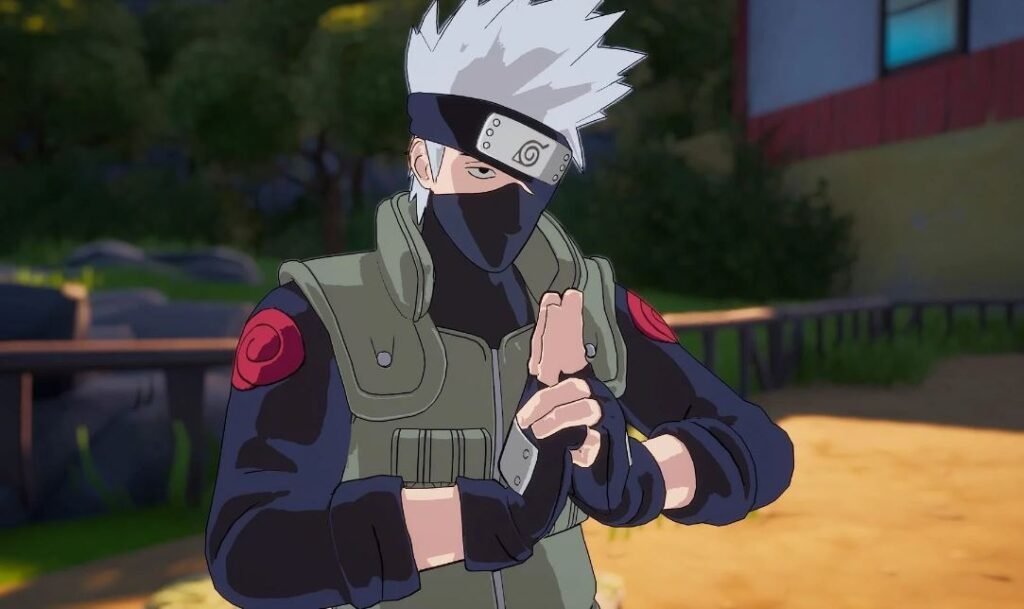
Kakashi Hatake, the beloved Sixth Hokage and the famed “Copy Ninja,” is a jutsu powerhouse in the Naruto series. Unlike some Hokage who relied on kekkei genkai (bloodline traits) for unique jutsu, Kakashi’s genius lies in his ability to both copy and create impressive techniques. Here’s a breakdown of Kakashi’s confirmed jutsu inventions:
Lightning Release Techniques (Raiiton):
- Chidori (Chidori): This A-ranked jutsu channels a powerful concentration of lightning chakra into the user’s hand, allowing for a piercing attack. While the concept might have existed before, Kakashi refined it into this signature technique.
- Raikiri (Raikiri): Nicknamed “Lightning Cutter,” this jutsu is an even more advanced version of the Chidori. It requires the Sharingan (a special eye) for precise chakra control, making it incredibly fast and destructive. However, Kakashi lost the ability to use it after losing his Sharingan.
- Lightning Release: Purple Electricity (Raiiton: Shippuusen): After losing his Sharingan, Kakashi developed this jutsu as a safer alternative to the Chidori. It maintains the piercing power of lightning chakra but without the uncontrolled and potentially harmful effects.
Other Jutsu:
- Water Dragon Bullet Technique (Suiton: Suiryudan no Jutsu): While not unique to Kakashi, his mastery of Water Release allows him to perform this powerful water dragon jutsu effectively.
- Summoning Jutsu: Kakashi can summon dogs to aid him in battle, showcasing his versatility.
Variations of Existing Techniques: As the “Copy Ninja,” Kakashi might have developed variations on other jutsu he’s observed, adapting them to his own fighting style.
Naruto Uzumaki, the Seventh Hokage:

Naruto Uzumaki, the energetic protagonist of Naruto and the beloved Seventh Hokage, is a jutsu powerhouse fueled by his relentless determination and immense chakra reserves. Unlike some Hokage who relied on inherited techniques, Naruto’s jutsu arsenal is a unique blend of his own creativity, inspiration from others, and the influence of the Nine-Tailed Fox sealed within him. Here’s a look at some of Naruto’s confirmed jutsu creations:
Rasengan Variants:
- Rasengan (Rasengan): While Minato Namikaze created the original Rasengan, Naruto took it to a whole new level. He mastered this A-ranked jutsu, creating powerful variations like-
- Big Ball Rasengan (Odama Rasengan): A giant version of the Rasengan, requiring immense chakra reserves.
- Rasenshuriken (Rasenshuriken): This devastating jutsu combines the Rasengan with Wind Release, creating a swirling vortex of wind chakra that can inflict serious damage at a cellular level.
Other Jutsu Creations:
- Shadow Clone Jutsu: Multiple Shadow Clone Technique (Kage Bunshin no Jutsu: Tajū Kage Bunshin no Jutsu): An ingenious application of the Shadow Clone Jutsu, allowing Naruto to create hundreds or even thousands of shadow clones simultaneously for overwhelming attacks or faster training.
- Sage Art: Rasengan (Senjutsu: Rasengan): By harnessing the power of nature energy, Naruto infused the Rasengan with Sage Chakra, making it even more potent.
- Sage Art: Super Tailed Beast Rasenshuriken: (Senjutsu: Chō Bijūdama Rasenshuriken): This ultimate jutsu combines Sage Chakra with the chakra of all nine tailed beasts, creating a colossal Rasenshuriken with devastating power.
Possible Inventions (Speculation):
Combinations with Other Techniques: With his vast chakra reserves and collaborative nature, Naruto might have developed jutsu that combine his techniques with those of his allies.
From the colossal wood dragons of Hashirama to the lightning-infused blade of Kakashi, each Hokage has left their mark on the world of jutsu. As we’ve explored, these leaders weren’t just powerful – they were creative minds who pushed the boundaries of ninjutsu.
This journey through the Hokage’s jutsu inventions is just the beginning. The world of Naruto is brimming with unique techniques, and there’s always more to discover.
What jutsu left the biggest impression on you? Are there any other aspects of the Naruto world you’d like to delve into? Share your thoughts in the comments below!
Until next time, keep exploring the fascinating world of ninja and the incredible jutsu that shape their destinies!


